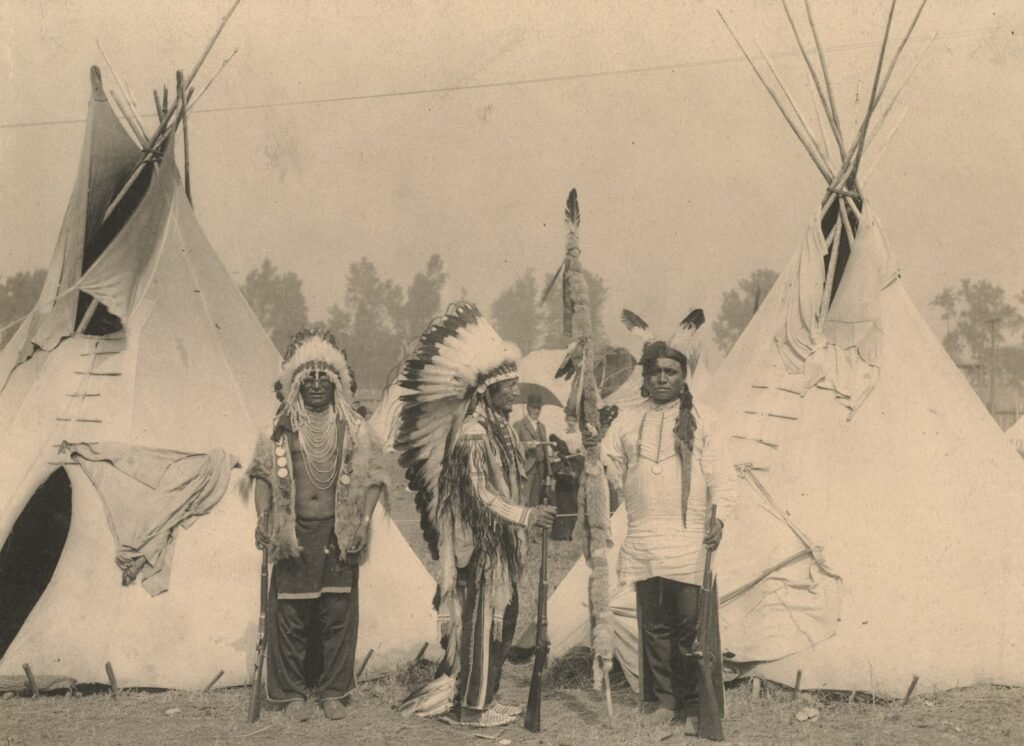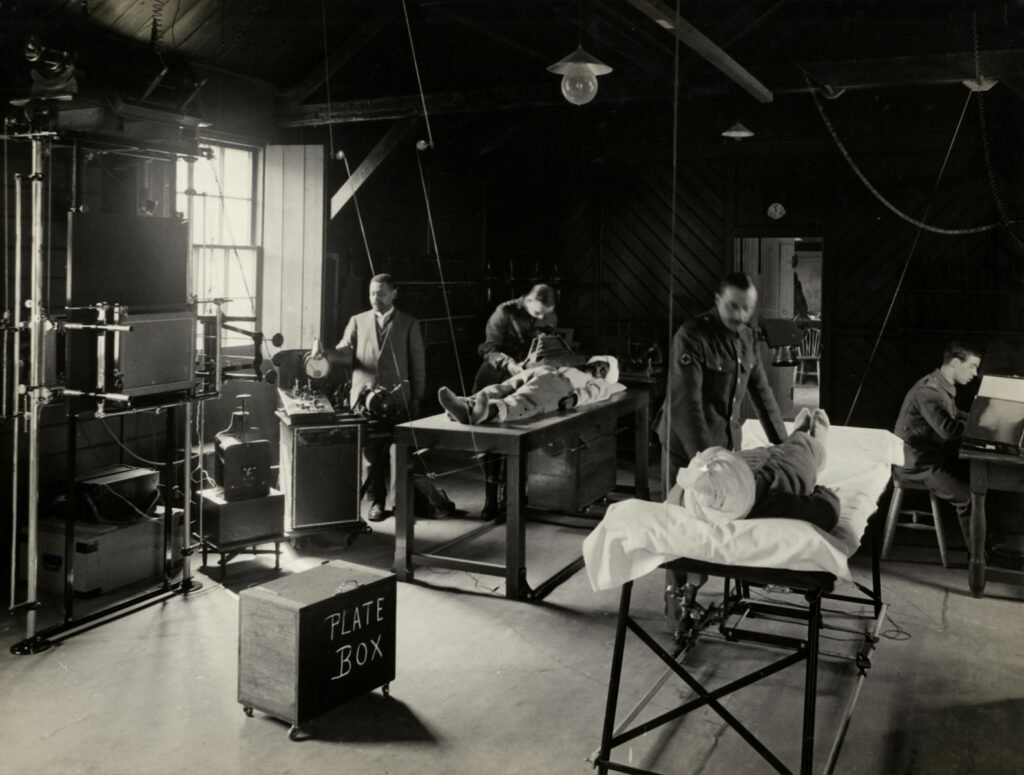
The Devastating Toll of Smallpox
In the bewildering 18th century, smallpox was a terror that struck fear into the hearts of many, its devastating impact felt across the globe and here in the United States. The skin covered with pustules, the high mortality rate – smallpox left behind a trail of destruction, decimating communities and leaving sorrow and loss in its wake. Cotton Mather, an eminent figure of his time, expressed his astonishment at the calamity and spoke of unspeakable distress.
In colonial America, smallpox outbreaks were distressingly common, sparking widespread panic and prompting drastic measures to contain its deadly spread. Quarantines, isolation, variolation – all desperate attempts to halt smallpox’s relentless march. Despite these efforts, the profound toll on early American society cannot be understated; it shaped history in ways still palpable today. Abigail Adams’ poignant words reflect this reality as she recalls living through the pestilential disorder that ravaged Boston in 1776.
The Spread of Measles and Its Consequences
The mark left by measles in history is not one to be taken lightly, with its relentless spread and devastating consequences. As a devotee of 18th-century US history, it becomes clear that the impact of this disease during that era cannot be overstated. Measles, notorious for its contagious nature, thrived in communities where vaccination was still a foreign concept.
In the words of Abigail Adams, “I have experienced firsthand the effects of measles on our family and understand the urgency of prevention.” In the 18th century, outbreaks of measles had the power to annihilate entire towns, leaving behind nothing but sorrow and despair. The lack of medical knowledge and resources meant that even simple illnesses like measles could wreak havoc on communities, particularly affecting vulnerable populations such as children and the elderly. The scars left by these outbreaks served as a stark reminder of how crucial public health measures are in shaping history.
Reflecting on the spread of measles and its consequences back then serves as a reminder of our ancestors’ resilience and determination in times of adversity. These historical events highlight the importance of vaccination and public health initiatives in safeguarding our communities. As we face challenges in today’s world, let us draw inspiration from past struggles and work towards protecting future generations’ health and well-being.
The Deadly Impact of Influenza
In the perplexing annals of American history, there exists a f that has left the populace reeling with its merciless grip – influenza. From the icy peaks of New England to the sun-drenched plains of the West, this minuscule villain showed no mercy in its relentless onslaught. As the infamous influenza pandemic of 1918 swept across the nation like a raging wildfire, it tested the very core of American resilience.
For both rugged frontiersmen and urban dwellers, there was no escape from this unseen threat. As President Woodrow Wilson aptly put it, “When an invisible and destructive disease strikes, it reminds us not of our differences but of our common humanity.” The influenza outbreak of 1918 left an indelible mark on American fortitude, claiming lives in such staggering numbers that their echs reverberate through time. A young soldier’s trembling hand penning his final words, a mother holding her fevered child with a heart heavy with dread – these were scenes etched into the fabric of a nation grappling with an adversary they could not see nor fully comprehend.
The Role of Typhoid in Decimating Populations
Typhoid fever, a silent predator of the 18th century, crept through society like a phantom in the darkness, leaving behind chaos and destruction. As our ancestors grappled with this formidable enemy, the words of Benjamin Rush, a renowned physician and founding father, reverberated through time: “Typhus took on its most vicious form, accompanied by bilious symptoms. It tore apart spouses and children from their parents.”
In the battle against typhoid, communities faced an ominous challenge as the disease ruthlessly spread through populations, causing unimaginable suffering and claiming lives with ruthless efficiency. Contemplating the impact of typhoid, historian Doris Kearns Goodwin poignantly observed,” Typhoid became a merciless reaper, striking down individuals regardless of age or stature.” With families torn asunder and communities left reeling in despair, the shadow of typhoid loomed large over 18th century America’s landscape.
The Ravages of Tuberculosis on Native Communities
The 18th century was a time of perplexity and burstiness for Native communities in the newly formed United States. Tuberculosis emerged as a sinister threat, wreaking havoc on tribal lands with no discrimination, leaving fear and despair in its wake.
Tribes like the Cherokee and Navajo grappled with containing the spread of tuberculosis within their midst. Despite their valiant efforts, the lack of medical knowledge and resources posed a formidable challenge. John Ross, Principal Chief of the Cherokee Nation, mourned, “We are battling an invisible f that strikes mercilessly, snatching away our loved ones one by one.” The toll of lives lost and cultural erosion due to the disease inflicted a deep wound on Native societies.
Amidst this turmoil, Native communities displayed resilience and unity in adversity. They drew strength from ancestral wisdom and traditions, finding comfort in Tecumseh’s words: “Let us unite as one body, one heart, defending our country, homes, liberty, and ancestors’ graves until our last warrior stands.” Despite tuberculosis’s devastating impact, Native communities persevered – clinging to their heritage while striving for a future free from disease’s ravages.
The Cholera Epidemics and Their Aftermath
Cholera epidemics, with their rapid and savage onslaught, left a path of destruction in their wake throughout the 18th century. As the disease ravaged communities, panic and disorder reigned, resulting in countless casualties and shattered families. In the words of Harriet Martineau, “Among the tragedies of cholera, none was as terrifying as its sudden arrival.”
The aftermath of these cholera outbreaks was equally traumatic, as communities grappled to recover and reconstruct in the aftermath of widespread death and hopelessness. As George Washington once observed, “Every day I witness scenes of utmost despair.” The fortitude of the American people was put to the test, yet through solidarity and resolve they gradually began to rebuild their lives and neighborhoods. The legacy of these epidemics stands as a stark reminder of the frailty of human existence and underscores the vital importance of public health measures in averting such calamities from recurring.
The Lethal Consequences of Yellow Fever
Yellow fever, a menacing specter that has haunted societies for centuries, serves as a chilling testament to the brutal potency of infectious diseases. In the 18th century, when this merciless plague swept through bustling port cities like Philadelphia and New Orleans, it left behind a trail of death and despair that seemed unfathomable. As an ardent enthusiast of American history, I find myself ensnared by the gripping narratives of endurance and calamity that Yellow fever thrust upon early American civilization.
To discuss the fatal repercussions of Yellow fever is to plunge into the eerie chronicles of the epidemic that engulfed Philadelphia in 1793. Renowned physician Benjamin Rush, one of the revered Founding Fathers, valiantly tended to those afflicted by this ruthless disease. His words reverberate through time: “The scenes of agony and terror surrounding me, which would have driven any other soul away from this city in fear, were now my only impetus for confronting them.” Rush’s unwavering commitment to his fellow citizens serves as a poignant reflection on the altruism and bravery displayed amidst such harrowing circumstances.
The Tragic Effects of Malaria on Indigenous Peoples
In the scrolls of time, the tragic repercussions of malaria on native populations emerge as a haunting testament to the merciless grasp of infectious ailments. In the early days of America’s settlement, malaria, known by names such as “ague” and “swamp fever,” plagued both colonizers and indigenous communities alike, unleashing chaos with its fiery grip. As John Adams once pondered, “Malaria shows no bounds, displaying no compassion for those it deems unworthy.”
The all-encompassing presence of malaria in the New World not only brought about immense agony but also reshaped the trajectory of history. This insidious illness transmitted by mosquits claimed lives without discrimination, impacting the strength and vigor of native tribes. As trailblazer and diplomat Benjamin Franklin reflected, “In this unforgiving wilderness, malaria emerges as a great leveler, humbling even the proudest spirits.” The weight of malaria on indigenous peoples echs through generations, highlighting the profound influence of infectious diseases on the fabric of American past.


